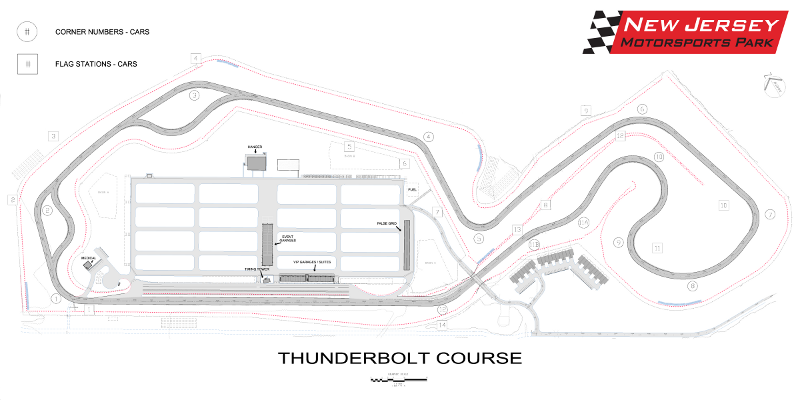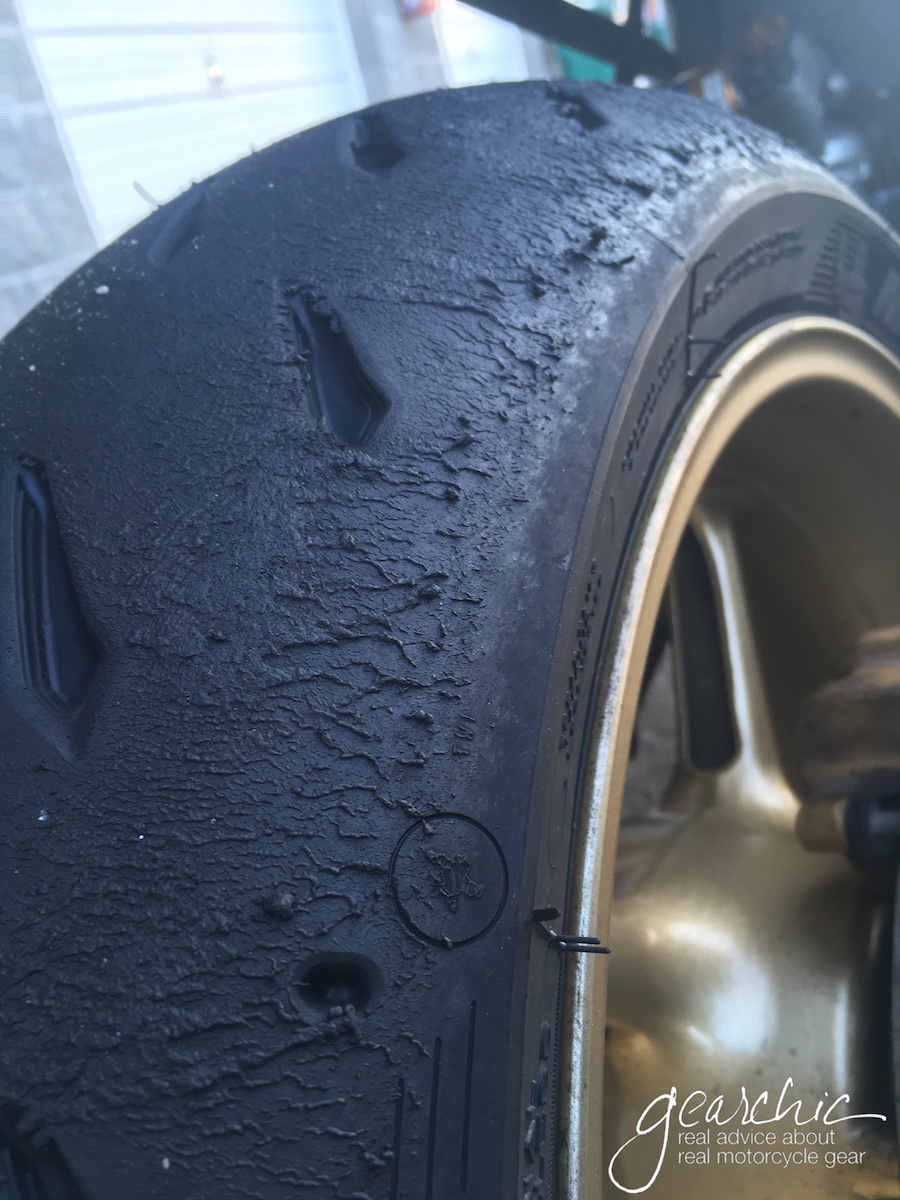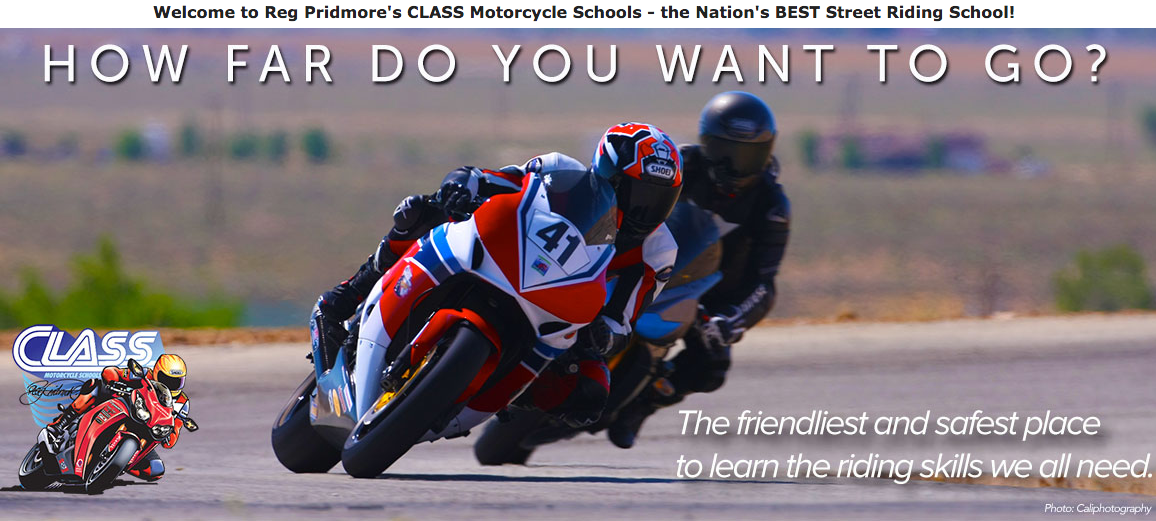Nope, I'm not on the Track. I'm on Broad Street in South Philly ;) .
I've been talking to a lot of people lately about track days. Especially advanced motorcycle training classes. Here are some common questions/comments/thoughts that I hear on a daily / weekly basis when people ask about "track days".
It's So Dangerous
Creative Commons: Photo/ epSos.de
Somewhat False. You're on a motorcycle, yes, it's dangerous. But it's also dangerous when you're speeding 85+mph on the Interstate up and down I-95. Aside from the parking lot, I would argue that the track is the least dangerous place you could possibly be with your motorcycle. Absolutely NO CARS, PEOPLE, BUILDINGS, BARRIERS, TRUCKS, ETC. Nothing in your way except You and what's in your head. The pavement is smooth, no paint/bumps/obstacles/sidewalks in your bike's way. No trees/bushes/blindcorners. No hills/mountains/animals. Nothing! Isn't that what we get excited about on the street? Have you ever discovered a new road that is perfectly paved, smooth and a dream to ride? Well imagine more of that and you can go even faster than you can almost anywhere else.
But, of course, track days aren't for people who only like to go straight. If that's your style of riding then you'll probably find the track to be even more challenging. But if you *love* twisties, then the track is where you want to be.
Okay not all tracks have stars and stripes, but looks how pristine that pavement is at COTA, Austin!
Plus you are covered head to toe in leather, body armor, toe sliders, back protector, helmet, etc. For many of you, you're wearing far more gear than you'll ever wear elsewhere. More about gear in a bit....
But I'm Not Racing
Neither was I when I did two track days last year. And same with the one I'm hoping to do this year in April (Ladies Only, with CLASS Rides). My goal and the goal of almost everyone at a track day is NOT to race. In fact, the instructors will probably kick you off the track if you try to do that with your fellow classmates. Anyone riding recklessly without regard for personal safety is usually addressed immediately. Call it proper track day etiquette. You're not there to compete with eachother, you're there to ride safe, have fun and not get hurt. And not hurt anyone else!
Recently, Gigi Pridmore of CLASS contacted me to let me know about a special Ladies Only track day coming up on April 11th. She really summed up their track day experience quite eloquently:
"CLASS is all about being a better, safer street rider. Better at cornering and braking, safer because you’ve practiced on a closed circuit and riding with control becomes second nature. Much more than just a track day, we teach control and technique and make better riders. It’s a great first track day or 100th track day because we help riders of all experience levels." - Gigi Pridmore, CLASS Rides
I totally agree with what she says here. Control, especially how to control your motorcycle in corners is crucial no matter where you're riding. And they can tell if you can/can't. I'm excited to attend in April, I hope you'll join me!
What's The Point?
The point is that you are probably riding a bike that was *not really* meant for the street. (ahem: gixxer, r6, daytona, s1000rr, ninja h2/zx-6r owners) You will never be able to ride it the way that it was intended fully on the street. Because while you're trying to push yourself beyond what's safe out there, you are also distracted with having to deal with potential hazards like traffic/cars/people/others (on bikes too).
Ever wish you could push 100-150mph for more than 0.5 seconds because you have to stop / slow down for traffic? And then you have to ride really slow in a straight line because now the 0.5 second of 100+mph you had is over? What if you could make it last longer and then do it over and over again but head into another corner and then another and then another? It feels SO GOOD to carry that momentum into an actual corner! And don't worry, if you don't know how to do that, a track day is the best place to learn how :)
But I Don't Know How to Ride The Track
Me with Coach Misty. She was great, giving me tips after every session. It felt great knowing she was watching me as I progressed. Photo: /eTechPhoto
Of course not! And no one expects you to. What most track organizations will likely expect from you (I've only taken classes from 3 organizations out of the dozens of companies across the US) is that you know how to ride on the street. You have enough control of your motorcycle to go on the freeway comfortably, maybe you've done some long weekend trips. Maybe you've logged 5-10,000 miles commuting on your motorcycle.
Now you're ready to learn more about yourself and your beloved bike. Or you might be like me and switched over from an aggressive riding position to a more upright, comfortable position. And now your new bike feels different than your old one. i wanted to gain more confidence on my Triumph and figure out what I could do differently to be a better rider with it.
For me, my first track day at New Jersey was intimidating. I'd never been on that track before. It was HUGE, LONG and the corners were fast. Average speeds were well over ~50mph in some parts. I felt awkward at times and really uncomfortable because I didn't know anything about this track. I also wasn't used to that style of riding. My comfort zone has always been mountain roads, tight, twisty, blind corners. Not fast, sweeping, long turns. So figuring out where to look and how was a completely new challenge.
Photo: The SBImage, Sept 2016
It was really hard figuring out how to go faster without getting lost. Many of the corners are long, sweeping like a really long freeway onramp. Sometimes, I had no idea where I was, or where I should've been. The good news is, I took a class with CSS and learned exactly where I needed to be. They showed me almost everything I would need to figure out what I was doing wrong.
I Don't Have Track Gear
I didn't either. Here I am way back in 2011 on my first real track day with Z2 Track Days' Annual Ladies First Track Day in Thunderhill Raceway in California. I wore my street leather gear, no knee pucks, no race boots. Just really good street gear.
Depending on the organization, they will only require 2 piece textile or leathers that zip together, (no mesh). I've seen riders on the track wearing 1 piece Aerostitch suits. It depends on the school, so call around and see what they say. As long as you have a full face helmet, and full coverage boots and gloves, you should be fine. if you have any questions of course, I hope you'll let me know.
I Don't Have a Track Bike
I didn't either. And I still don't. I took my street bike to the track. Back in 2011 it was my SV650s. Last year, it was my beloved Street Triple. Although the Suzuki was a better bike on the track, due to the aggressive riding position. But I've seen all different types of motorcycles on the track, and ask anyone who's been to one they'll probably tell you that they've seen more than your typical "track bike".
If you don't know how to ride within your limits, then yes, you'll probably destroy your bike in the process. Most people riding in their very first track day naturally go a lot slower and ride a bit more carefully because it's intimidating and a completely unfamiliar place. It'll take you awhile to get used to the feel / idea of being on the track too. If anything, it'll probably humble you quite a bit and really show you what you don't know how to do.
But some schools also offer rentals like CLASS, which offers Honda CBR 300 and 500s. And Yamaha Champions offers Yamahas. So you don't always have to ride your own bike. Many track day organizations offer bike rentals, you just have to ask.
Something else to consider are track days that are specifically focused on street riding like Z2's Road Rider 2.0 Course. The curriculum is totally different from a traditional track day too. There are lots of other courses like this offered from other organizations as well, like Yamaha Champions "ChampStreet" course.
Me with my track buddy :)
But I Don't Know Anyone
That's okay! The track is one of the BEST places to make friends. You will meet so many awesome people who are there to have fun and share their excitement with everyone there.
And if you do want to go with someone, get a few friends to go with you! Or, if they won't bite, ask them to just go with you and support your day at the track. Any kind of support whether it's from friends who ride or don't ride always feels great.
Take a look at this list of beyond basic riding classes I put together for you. There are so many options out there, I'm sure I missed a few.
But if you're still not ready for a track day, I hope you'll consider intermediate or advanced training to keep your skills fresh. Motorcycling is something that requires constant supervision, practice and attention to stay proficient.
Rubber Side Down.





























